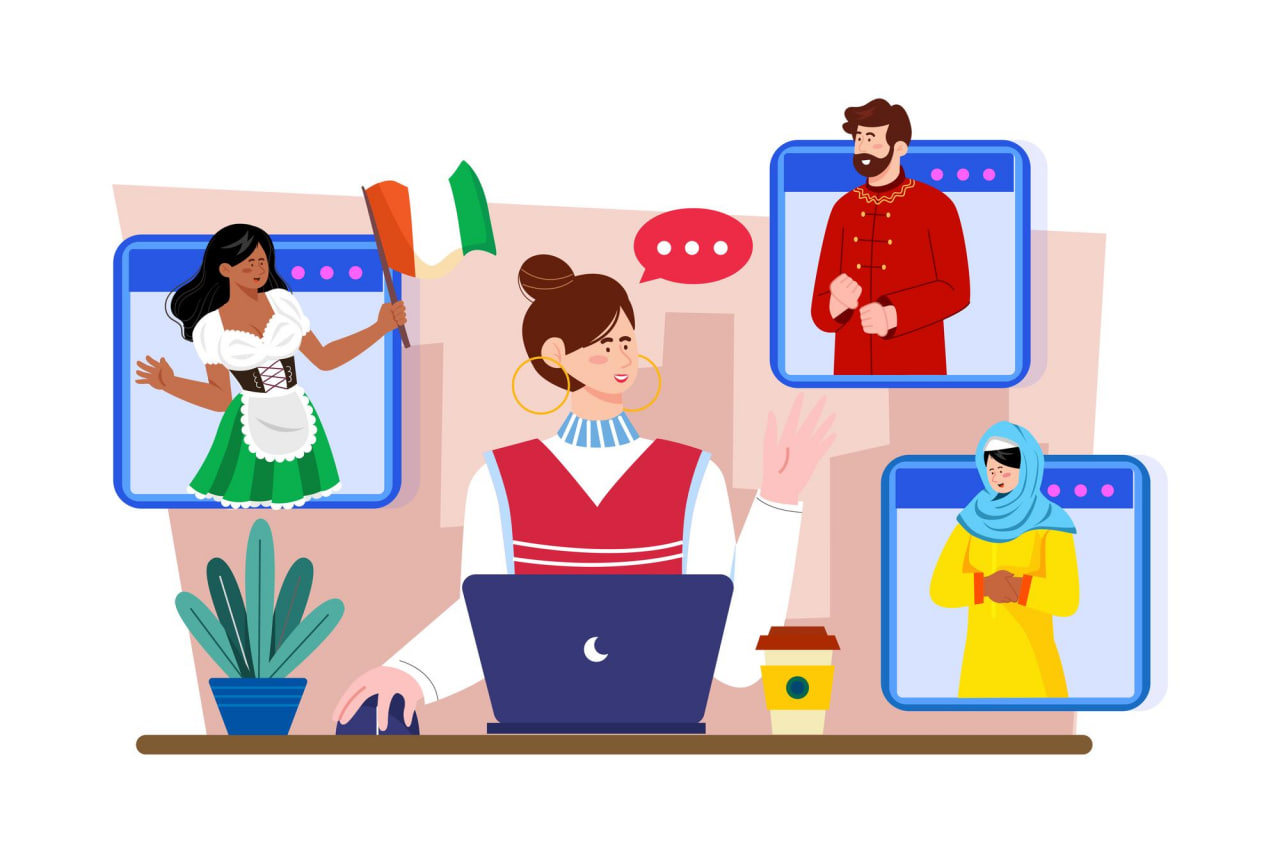In today’s interconnected world, content creators have the opportunity to reach a global audience like never before. However, reaching diverse markets involves more than just translating your content into different languages. This is where localization comes into play. In this blog post, we’ll explore why localization is much more than mere translation and why it’s crucial for your content’s global success.
What is Localization?
Localization is the process of adapting your content to meet the language, cultural, and other requirements of a specific market or audience. While translation is a significant component of localization, the process involves a myriad of other factors such as cultural nuances, local regulations, and market-specific preferences.
The Importance of Cultural Nuances
Imagine you’ve created a video that includes humor based on American pop culture. While the jokes might land well with an American audience, they could fall flat or even be offensive in other cultures. Localization considers these cultural nuances and adapts the content accordingly, ensuring that it resonates with the target audience.
Beyond Text: Visuals and Media
Localization isn’t just about text; it also involves adapting visual elements like images, graphics, and even the user interface. For instance, colors that are considered lucky or positive in one culture might be associated with negative meanings in another. A thorough localization process takes these factors into account to offer a fully immersive experience to the user.
Legal and Regulatory Compliance
Different countries have different laws and regulations concerning content. Whether it’s data protection laws or specific disclaimers that need to be included, localization ensures that your content is compliant with local regulations, thereby reducing the risk of legal complications.
SEO and Metadata
When localizing content, especially for platforms like YouTube, it’s crucial to also localize the metadata, including tags and descriptions. This ensures that your content is easily discoverable by a local audience, optimizing your reach and engagement.
The Role of Technology
Thanks to advancements in Artificial Intelligence and Machine Learning, the process of localization has become more efficient and accurate. From Natural Language Processing (NLP) algorithms that capture linguistic nuances to data analytics that offer insights into local consumer behavior, technology plays a pivotal role in modern localization strategies.
Conclusion
Localization is an intricate process that goes far beyond simple translation. By considering cultural nuances, visual elements, legal compliance, and even SEO, localization ensures that your content is not just understandable but also relatable and engaging for a global audience. As content creators aim to reach wider markets, understanding the depth and breadth of localization becomes not just beneficial but essential for global success.
At Go Global , we’re here to support you on this exciting path. With our AI-powered video localization and publishing services, you can seamlessly translate your content and open doors to new horizons. Start captivating global audiences today and let your creativity shine across borders.
Translate, Engage, and Thrive - Empower your content with Go Global!




Use the share button below if you liked it.